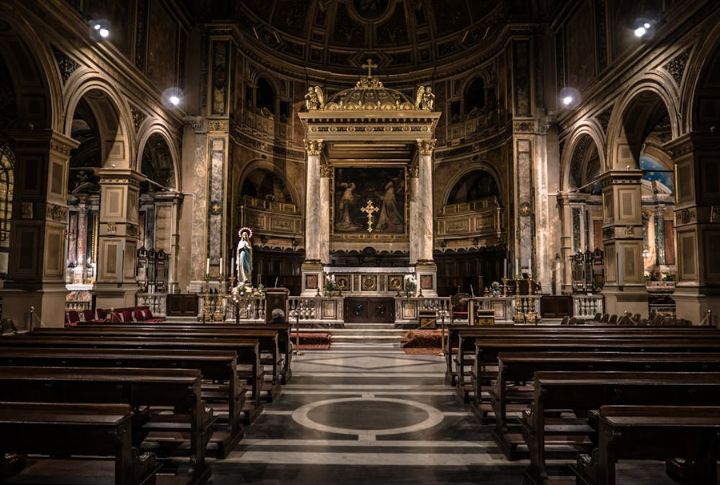
Churches stand today because history moved them forward through changing traditions and new ideas. Over centuries, leaders and followers built communities that continue to gather under steeples and stained glass windows. These ten moments highlight how the modern church came to be.
Origins Of The Christian Church
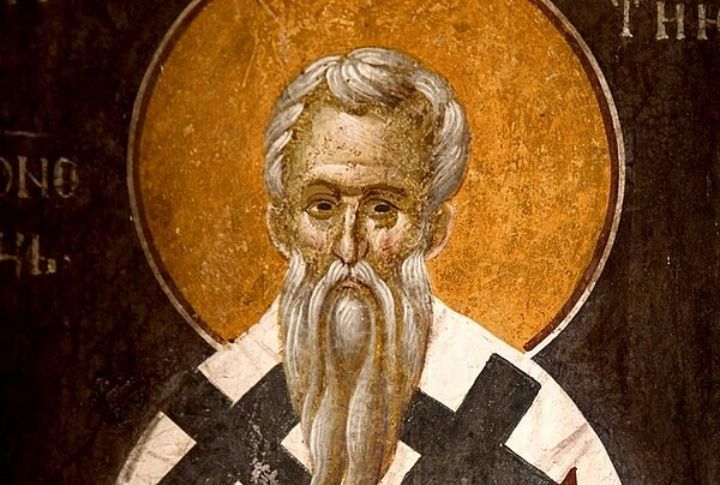
Christianity began in the 1st century Judea as a sect within Judaism centered on Jesus of Nazareth. Around 100 AD, Ignatius of Antioch first referred to this faith as “Christianity.” While early followers met in homes despite Roman and Jewish resistance, Apostle Paul’s travels spread it among Gentiles across the empire.
The Rise Of Catholicism
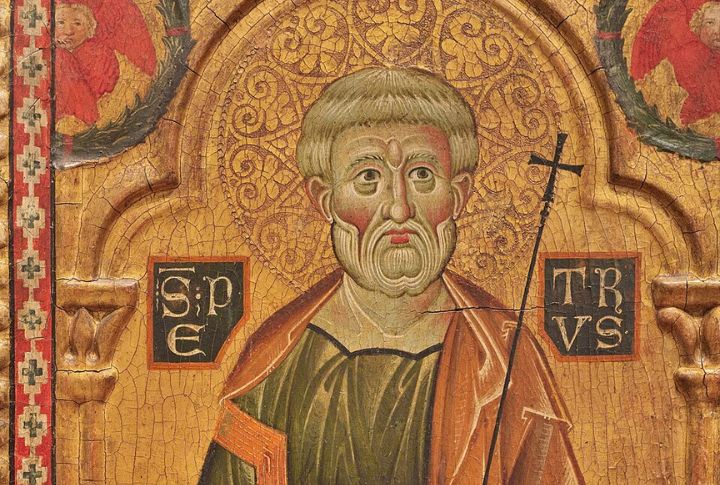
As Christianity grew, its leadership traced back to Saint Peter, the first Bishop of Rome, which strengthened its roots. By the 2nd century, believers began using the word “Catholic,” meaning “universal,” to describe this wide community. Later, Constantine and Theodosius further organized the church, and the Council of Nicaea established beliefs through the Nicene Creed.
Persecution And Legalization
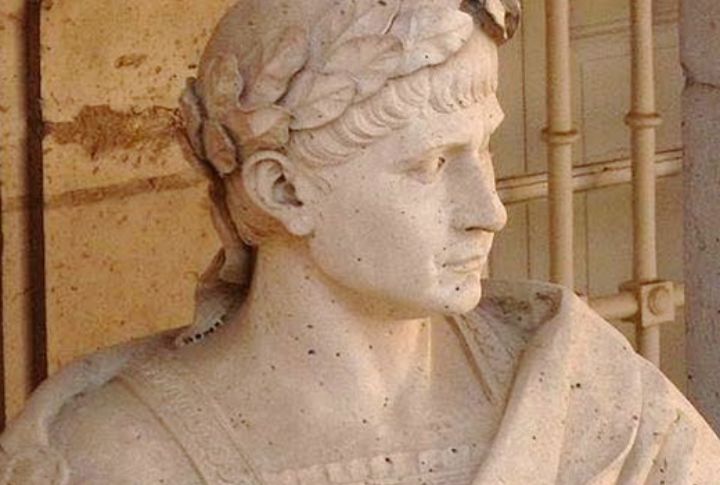
For years, early Christians worshipped in secret, using symbols like the Ichthys fish to share their faith discreetly. This hidden life shifted when the Edict of Milan officially recognized Christianity in 313 AD. Not long after, Emperor Theodosius named it the state religion. Martyrs Saint Stephen and Saint Perpetua gave the faith strong roots.
Global Expansion And The Missionary Era
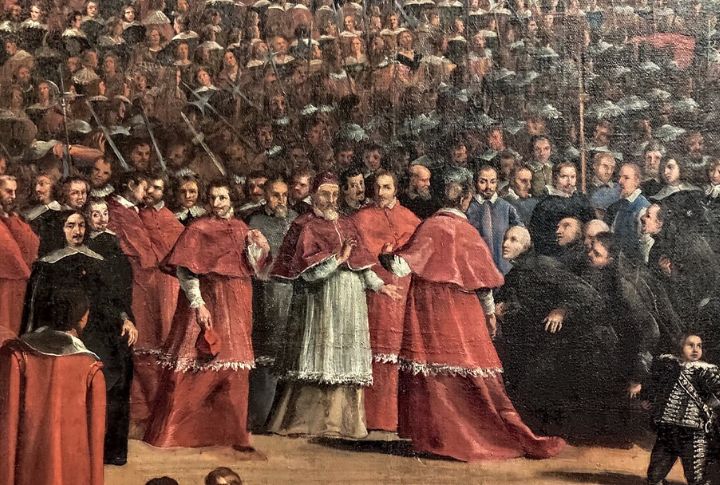
Starting in the 15th century, European exploration carried Christianity far beyond its roots. Colonial powers helped spread it into Asia, Africa, and the Americas. To support this reach, the Jesuits, founded in 1540, taught and preached worldwide. As the religion mixed with local traditions, it grew into many unique regional forms.
The Protestant Reformation
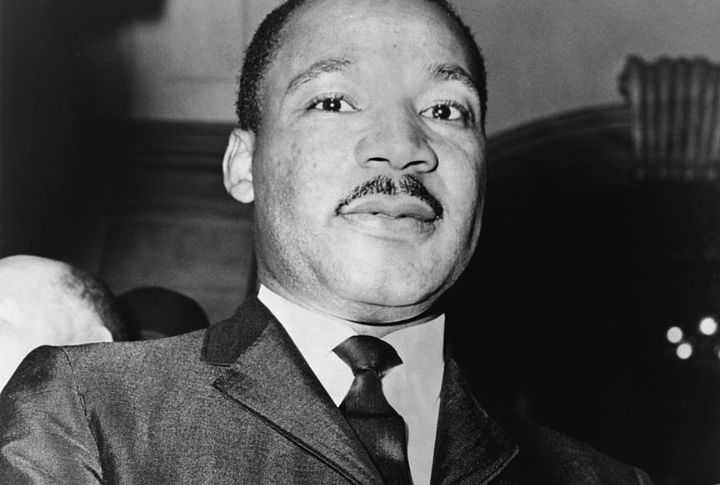
Pressure against church authority burst open when Martin Luther nailed his 95 Theses in 1517, protesting indulgences and papal control. Soon, reformers like John Calvin disseminated ideas such as predestination. As these ideas gained traction, branches such as Lutheranism and Anglicanism emerged. The printing press carried these beliefs further by putting vernacular Bibles into everyday homes.
The Counter-Reformation
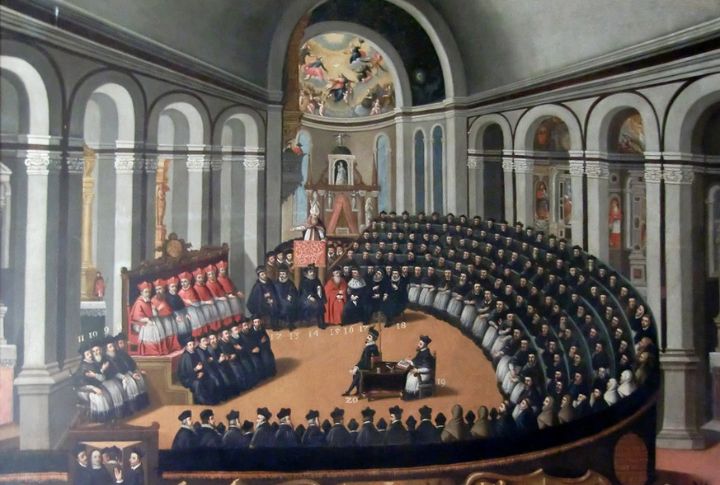
Protestant challenges sparked a strong Catholic comeback that reshaped church life. The Council of Trent (1545–1563) defended core Christian beliefs and reformed the practices of the clergy. To spread this renewed strength, Jesuits led Catholic teaching and schools. Alongside Baroque art and architecture, seminaries trained priests to uphold these teachings with clear and unified guidance.
The Rise Of Denominations

The divisions within the church widened when the Great Schism of 1054 split it into the Roman Catholic Church and Eastern Orthodoxy. This break set the stage for the Reformation, which led to the scattering of believers into various Protestant branches. Today, there are over 45,000 Christian denominations worldwide.
The Modern Church In America
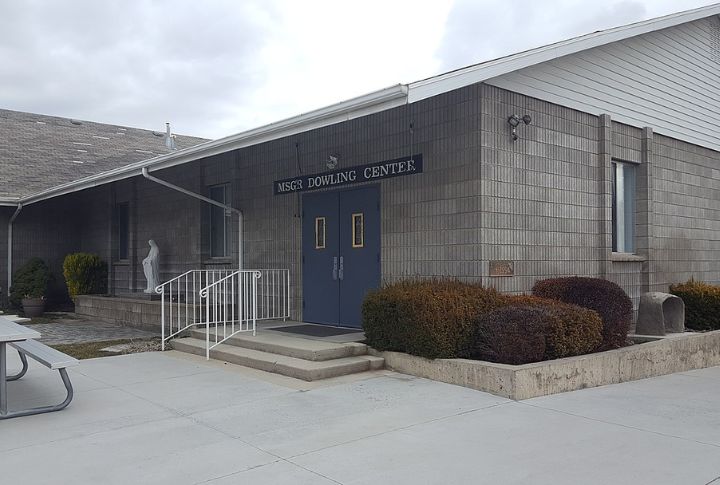
Across the U.S., churches take many forms, including Evangelical, Mainline Protestant, Catholic, and Non-Denominational. Since the 1980s, megachurches have attracted huge weekly crowds. Several churches also address issues like race, immigration, and poverty. After 2020, digital platforms helped keep services and outreach going well beyond the church building.
The Role Of Women In The Church
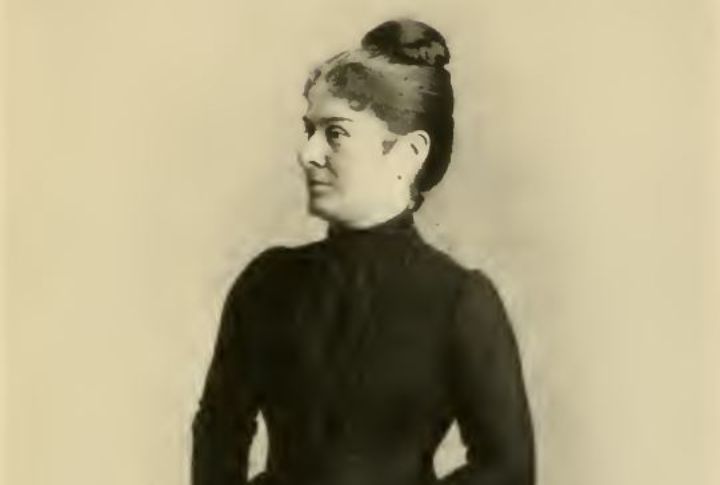
In the earliest days, leaders like Phoebe and Priscilla guided Christian communities. Over time, more denominations began ordaining women as pastors and bishops. Feminist theology introduced new approaches to the study of scripture and tradition. Today, women lead in many roles, ensuring church life stays active and connected for future generations.
The Church And Social Justice Movements
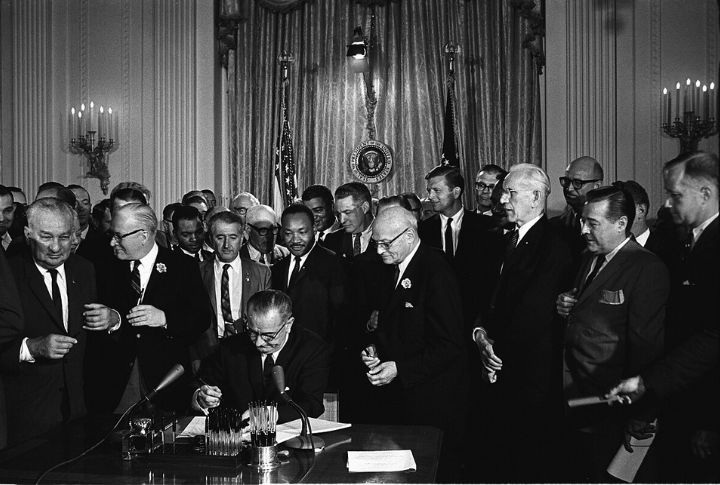
Faith inspired decisive action during the U.S. Civil Rights Movement, led by Christian leaders who demanded change. Building on that work, churches support human rights and push for fair economic practices. With the “Social Gospel” in mind, most congregations partner with NGOs to tackle hunger or housing issues through real community action.

